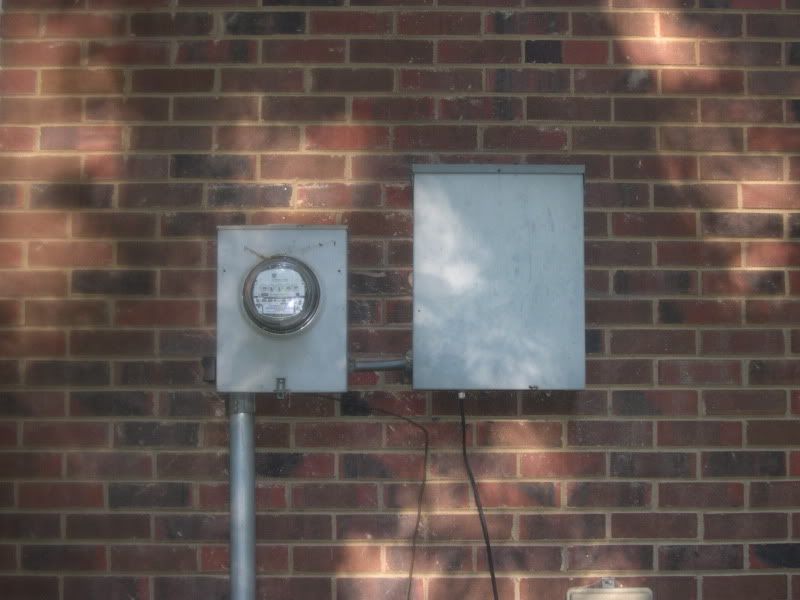My electrical service at home is the main panel sits next to the meter box. The existing main has 6 breakers and no main shut off. By code, with no main shut off I am allowed a maximum of 6. I will be replacing the panel with one that has a main and can handle more circuits. I can't replace it in place because the heat pump is in the wrong spot and it will cost 400 bucks to move the heat pump. So I am going to put the new panel on the other side of the meter then use the existing one as a junction box and extend the 6 circuits to it. The 6 circuits are 2 with 2-2-4 aluminum, 2 10/2 copper 1 12/2 copper and 1 more that I think is 12/2 copper. My question is on cable fill for the conduit over from the old panel to the new. I assumed all the smaller copper to be #10 for the calculation so figured it at 4 #2 conductors and 8 #10. As near as I can tell, 2" conduit will work for this application. I would run everything through the conduit unsheathed. Also, rather than running elbows from the top of the old panel to the top of the new, there is just room for 2" conduit out the side of the old box, straight across to the new panel above the meter. As long as the meter cover can open, are there any clearance requirements for the conduit? It would be just about sitting on top of the meter box.
thanks
thanks

